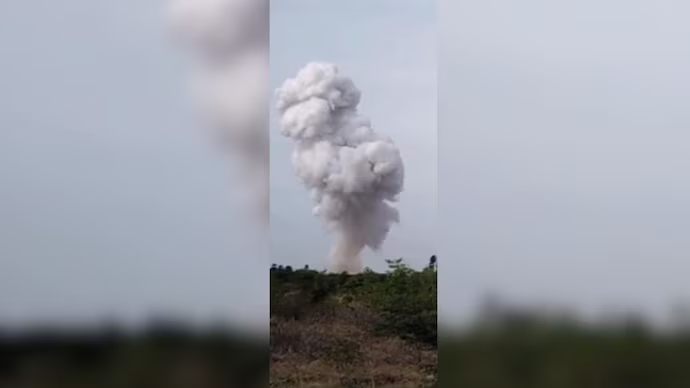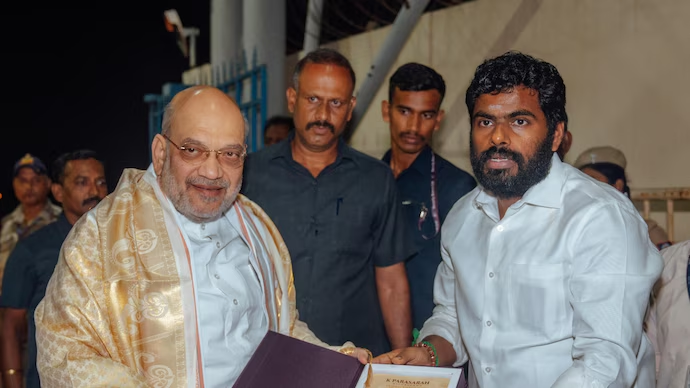Prime Minister Narendra Modi’s foreign trips have often faced criticism for prioritizing optics over substance, and his recent visit to Ukraine exemplifies this trend. Despite the historic significance of being the first Indian prime minister to set foot in Ukraine, a nation embroiled in conflict following Russia’s invasion, the trip yielded no tangible benefits for India. With no major business deals, strategic alliances, or diplomatic breakthroughs, Modi’s visit raises questions about the true purpose and effectiveness of India’s current foreign policy.
Misaligned Expectations in Foreign Policy
At its core, foreign policy should be a tool to advance domestic interests such as national security, economic prosperity, and the overall well-being of citizens. However, Modi’s visit to Ukraine failed to deliver on any of these fronts. Ukraine, devastated by war and heavily reliant on Western support, had little to offer India in terms of economic or strategic gains. The notion that this visit could result in meaningful deals to benefit India’s domestic priorities was unrealistic from the outset. Given Ukraine’s current situation, even if there had been opportunities, the United States and the European Union would have been first in line to capitalize on them.
The Elusive Role of Peacekeeper
here was much speculation that Modi could play a mediating role in the Russia-Ukraine conflict, with some suggesting that his visit might pave the way for peace talks. Modi himself appeared to position India as a potential peacemaker, stating, “India is ready to play an active role in any efforts towards peace. If I can play any role in this personally, I will do that.”
However, the reality is far more complex. Modi’s influence in the conflict is minimal, as evidenced by his earlier attempts to negotiate with Russian President Vladimir Putin on behalf of Indian citizens caught up in the war. While the Russians made some conciliatory gestures, the fact that no significant number of Indians have returned home from the conflict zones underscores the limited impact Modi has in these matters. Expecting him to broker peace between Russia and Ukraine, when Putin views the war as an existential battle, is far-fetched at best.
Missed Opportunity for Broader Appeal
Had Modi used this visit to articulate the concerns of developing nations, particularly the Global South, his trip might have carried more weight. The conflict has had severe repercussions for these countries, including food inflation and market disruptions. India, historically a leader of the Non-Aligned Movement, could have leveraged this platform to advocate for global stability and the interests of the wider world.
Yet, Modi made no such effort. The timing might have been unfavorable, given Ukraine’s controversial involvement in providing intelligence to jihadis in Mali, which resulted in the deaths of Malian security personnel and Russian Wagner mercenaries. This action led to significant diplomatic fallout in Africa, with Senegal summoning the Ukrainian ambassador for a reprimand and Mali cutting ties with Ukraine. In this context, Modi’s generic calls for peace were unremarkable and mirrored similar statements from China, a country with far greater influence over Russia.
The United States and Bangladesh: Hidden Agendas
If Modi’s visit to Ukraine did not serve India’s domestic interests or global influence, what was its purpose? The answer might lie in the dynamics between India, the United States, and Bangladesh. Shortly after Modi’s visit, details of a phone call between him and US President Joe Biden were released. While the official White House statement focused on Modi’s visit to Ukraine and Poland, Modi’s tweet highlighted the situation in Bangladesh as well.
This suggests a possible ulterior motive behind the visit. It appears that Modi might have been seeking to curry favor with the US by showing goodwill through his trip to Ukraine, hoping in return for American support in managing the situation in Bangladesh. The US has been advocating for more democratic reforms in Bangladesh, while India has steadfastly backed the increasingly authoritarian government of Sheikh Hasina. Now, with India struggling to maintain its influence in the region, Modi may be looking to the US for assistance in stabilizing a precarious situation in its own backyard.
India’s Waning Diplomatic Clout
Despite these missteps, India remains a significant player on the global stage, largely due to its growing economy. However, under the current regime, India’s foreign policy seems to be more about maintaining appearances than achieving substantive outcomes. The potential of India’s economic power to create opportunities for its citizens is being squandered on photo-ops and damage control.
Modi’s penchant for high-profile hugs with foreign leaders has become emblematic of his approach to diplomacy. While these gestures might create momentary headlines, they do little to advance India’s long-term interests. The contrast between these symbolic displays and the lack of tangible results underscores a deeper problem in India’s foreign policy strategy.
Conclusion
Prime Minister Modi’s visit to Ukraine highlights the limitations of a foreign policy driven by optics rather than substance. While the trip may have been historic, it failed to yield any meaningful outcomes for India. The missed opportunity to address broader global concerns, the limited impact on the Russia-Ukraine conflict, and the hidden agenda involving the US and Bangladesh all point to a foreign policy that is adrift and reactive rather than proactive and strategic.
India’s potential as a global player is undeniable, but realizing that potential requires a foreign policy that goes beyond photo opportunities and embraces the complexities of the international landscape. Without a course correction, India risks becoming a bystander in global affairs, watching as other nations shape the future.































